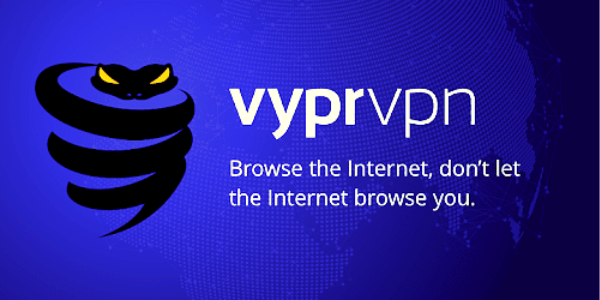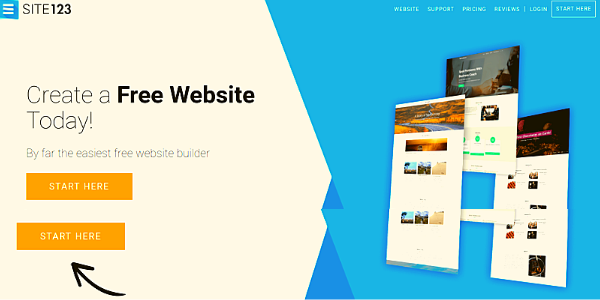The FORMAT Portfolio Review is renowned for being the finest and most comprehensive in the UK and possibly even Europe. Not only can you schedule consultations with experts from around the globe, but you will also have the opportunity to showcase your work during the “Portfolio Walk”. This offers you a chance to have your portfolio viewed by a wide range of attendees and commentators.
It’s a fantastic day filled with excitement, education, and fun. There are numerous awards from various organizations, including Shutter Hub, making it a prime opportunity to connect with others who share a passion for photography.
FORMAT is a vibrant community of thousands of photographers from 190 countries, making a significant impact on the world through their creative work.
Over the past few years, our award-winning and user-friendly portfolio website platform has assisted top-notch photographers in showcasing their finest work. With the launch of our new Workflow solution, photographers now have an intuitive solution that enhances the customer experience.
Become a part of our global community of successful photographers who trust our solutions to showcase their work and grow their businesses. Sign up for free today.
Configuration declares Workflow, support of assisting photographic artists with dealing with their business
FORMAT, a leading website-building platform for photographers, has unveiled its latest feature, Workflow. Designed to help photographers streamline their business operations, Workflow features enhancements such as password-protected client galleries, branded file transfers, and more.
The new branded, password-protected Client Galleries make it easy to showcase your images and collaborate with clients. Clients can then select their favorite images directly within the gallery or share them with others. With Workflow, photographers can also share a branded zip file of images directly with clients. The Branded File Delivery option allows you to securely transfer up to 10GB of photos using Workflow.
For photographers seeking to manage their projects for multiple clients simultaneously, Workflow’s Client Overviews are designed to consolidate key details in one central location. Here, you can access your contacts, project notes, file transfers, and Client Galleries. Conveniently, you can also label, tag, and sort your clients based on various criteria.
Professional photographer Josh Fechter writes, “Workflow has allowed me to provide a higher level of service to my clients.” This is the ultimate goal of FORMAT with Workflow. The purpose of Workflow is to provide the tools necessary to help working photographers stay organized and manage their business more efficiently.
How does it Work for Photographers?
To start with, FORMAT offers a diverse selection of 23 unique templates for you to choose from. Whether you prefer a vertical or horizontal orientation, slideshow, or tiled design, FORMAT has it all.
In addition, it provides full customization capabilities, allowing you to create a truly unique website. You can modify colors, fonts, text, and more without any coding required. Easy to use and customizable – could it get any better?
Moreover, FORMAT caters to not just photographers, but also other creatives. So, if you are a photographer with a design business, you can build both of your websites using FORMAT’s templates. Designers, Photographers, Artists, and Illustrators all use FORMAT to showcase their work.
What Does FORMAT Offer?
Now that we understand the great design and capabilities of FORMAT, let’s take it a step further and discuss the features it offers for your website.
The arrangement comes outfitted with:
- Dynamic Themes: They look great on programs, and tablets and are versatile.
- Adaptable Pages and Layout: Use a format or even add your style of code – making each page your own.
- Online business Integration: Sell your photography prints and books straightforwardly from your webpage.
- Straightforward Tools: Drag and Drop, Embed Videos, and Add Custom Fonts.
- Alter To Your Desire: Add your own space and you can even alter the code.
- Typography: The Art of Design mixed into your site.
- Customer Proofing: Deliver Client Work, Add Watermarks, and Let them pick their pictures across the board place.
- Adobe Lightroom Integration: Publish your work to Format through sealing displays in Lightroom.
- Writing for a blog: Share your story.
- iPhone App: To deal with your site in a hurry.
- All day, every day Support: Format has your back.
- Instagram combination: Take your image to the following level, Additionally, SEO/Analytics/Password Protection and then some
Understanding all the Different Image
The most ordinarily utilized arrangements are:
- JPEG (Joint Photographic Experts Group)
- Altercation (Tagged Image File Format)
- DNG (Digital Negative Format)
- PNG (Portable Network Graphics)
- GIF (Graphics Interchange Format)
- BMP (Bitmap Image File)
- PSD (Photoshop Document)
The Positive and Negative of Large Format Photography
Large format photography (LFP) generally refers to photography using large format cameras. These cameras, unlike the current standard film size of 35mm, use individual sheets of 4″ x 5″ film to capture images. Large format plays a critical role in photography as a whole, and digital versions have been developed to expand the film models. The difference in image quality is significant since a large format image, film, or digital has a higher resolution for the same pixel pitch.
In terms of area, a 4×5-inch image has nearly 16x that of a 35mm. That’s nearly 16x higher resolution compared to its 35mm counterpart. The image quality of a large format camera is still something that digital 35mm cameras look up to.
The Positive
The benefits of large-format photography include larger imaging sizes that result in sharper, grain-free images with better tonality. This is why LFP is favored by many professionals when it comes to landscapes, advertising photographs, fine art photographs, and generally images that will require some form of enlargement.
Large Format Photography (LFP) involves the use of cameras that capture images on individual sheets of film that are larger than the standard 35mm film. The larger film size results in higher resolution and sharpness, making it a popular choice for professionals in various fields such as advertising, fine art, and landscape photography.
The larger image size also offers more control over the final image, including depth of field and areas of sharpness. LFP photographers can choose from a wide range of film types and process them individually for optimal results. Furthermore, the high level of detail preservation makes LFP a great choice for creating large prints, with top-quality fine art prints possible in sizes up to 40″ x 50″.
Overall, Large Format Photography offers unmatched image quality and control, making it a favored choice for professional photographers and artists.
The Negative
In conclusion, even though huge format photography has its benefits, it’s not for everyone. It requires a higher level of technical skill, patience, and creativity from the photographer. Moreover, it can be expensive and time-consuming, and not suitable for fast-paced or spontaneous photography. If you’re an amateur photographer, or simply looking for a more convenient and portable option, a smaller format camera may be a better choice for you. However, if you’re a professional who values image quality and control over the outcome, then LFP can be a valuable tool for your photography arsenal.
Pricing
For instance, personal use licenses for a picture can be less expensive than a business permit for a similar picture.
Additionally, the cost of your gear, the level of post-handling required, and the measure of time spent on a shoot can influence your general evaluation. It’s imperative to consider the additional expenses related to your photography business, for example, protection, office or studio lease, gear upkeep, and promoting costs.
Ultimately, it’s up to you to choose the cost that you feel is reasonable for your administration and worth your time and exertion. I
The End
It is great to know that you are available to answer questions and receive feedback regarding your photography tutorials. Having an open line of communication with your audience is important for growth and improvement in any field. If anyone has any questions or comments, they can reach out to you via email or on Twitter using the #compofoto hashtag.












